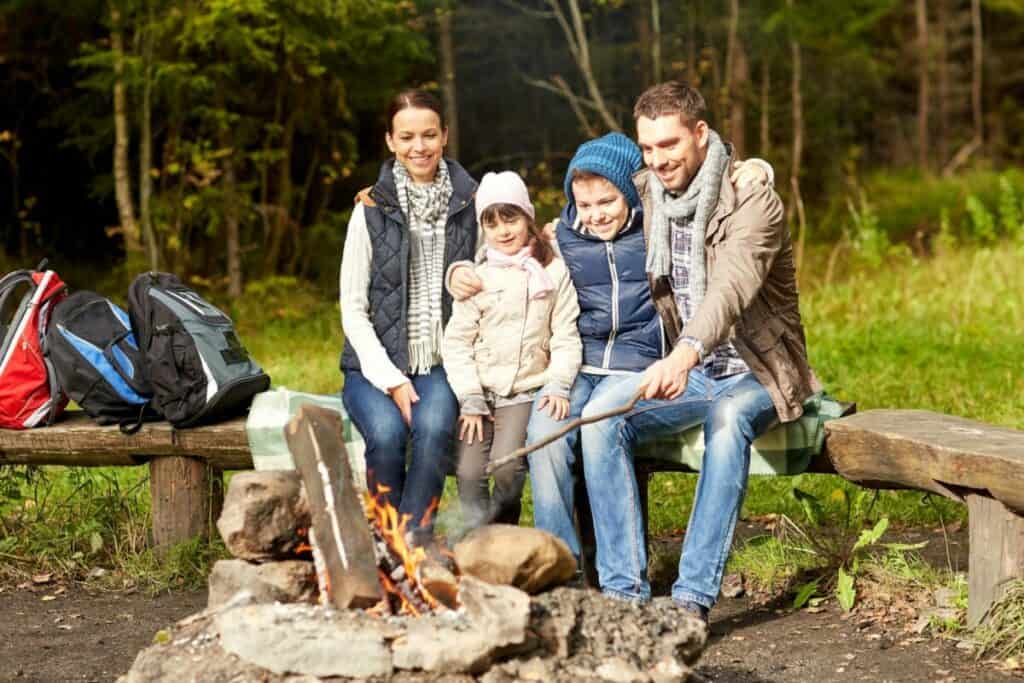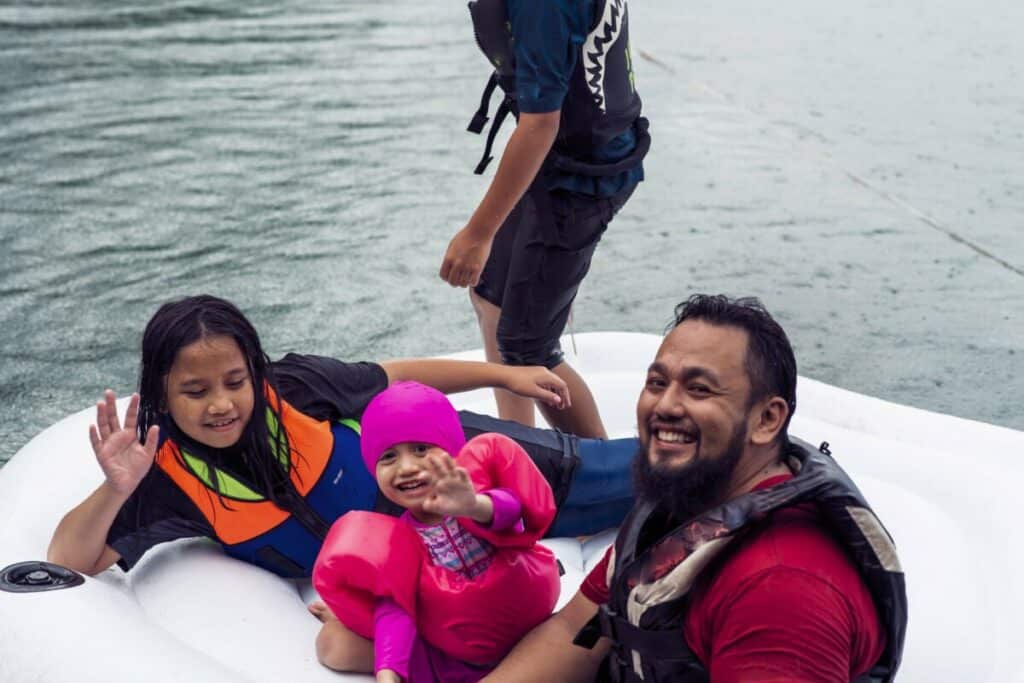
It can be a lot of fun to escape your home and take your family on a camping trip. Whether in a tent, deep in a national park, or in a vacant area near your home, camping can be a great way to introduce your family to the outdoors. While camping can be a lot of fun, you should prepare your family for the danger they might encounter while on your trip.
Camping can expose a family to elements of the outdoors like water, heat, wildlife, and rough terrain. Children are at the biggest risk of drowning, heat-related illness can surprise families if they aren’t prepared, and there are hundreds of injuries a year related to campers taking risks.
While this may make you want to shelve your camping plans, don’t worry, as most camping dangers can be prevented or avoided with proper preparation on your and your children’s part. Here are some common dangers you might encounter while camping and some tips to help you prepare.
Heat-Related Illnesses
Your family campout will likely be happening during the warm months of the year. While you can camp year-round, it is generally best when traveling with inexperienced campers to choose a more comfortable time of year weather-wise.
While it can be pleasant to leave your home during the summer for the open air of the outdoors there are some things that you should keep in mind. When planning a family trip remember you won’t have control of the temperature, nature will. You will need to bring clothes and materials that help to reduce the risk of heat-related illnesses.
The first thing you need is plenty of water. Dehydration and heat exhaustion can both be caused by not drinking enough water. When out in the sun, parents should plan on drinking a half-liter of water per hour they spend outside doing moderate activities.
Children don’t need quite this much water, but should constantly be drinking water. Since you will be drinking a large amount of water, you will want to make sure that you have plans on when and where your family can visit a restroom. Going in the woods can be a challenge for some little ones, so try to practice that before your big trip.
While dehydration can cause headaches and dizziness, as long as the person suffering is brought underneath some shade and given plenty of water they should recover quickly. The bigger risk of heat-related illness is heat exhaustion or eventually heat stroke.
According to the CDC, from 1999 to 2010, 8,081 heat-related deaths were reported in the United States and almost three-quarters (72%) of these deaths were directly caused by exposure to high heat. Almost all of these deaths occurred between May and September with the highest amount happening in July and August.
There are a handful of things that you can do to prevent heat-related illnesses from striking your family. As we mentioned above, make sure to drink plenty of water. Have everyone in your family wear sun hats and sunscreen (which will also help keep you from getting sunburnt).
If you know a day is going to be hot, plan your activities so you aren’t doing anything during the middle of the day (the hottest time of the day). If a family member starts to experience symptoms like dizziness, headaches, vomiting, or fainting, get them to shade and try and cool them off. If they don’t recover over the next hour or so, you may need to take them to a hospital.
Water and Drowning

While camping you may be nearby a river or lake, or you may have boating as one of the activities you have planned. While these are an excellent way to cool off, you should always be careful when bringing your family near water.
According to data from the CDC, drowning is the leading cause of death for children between ages 1 to 4 and for children ages 1 to 14, it is second only to motor vehicle crashes. Each year in the US, there are an average of 11 fatal drownings a day and 22 more non-fatal drownings. More than half of drownings occurring in people 15 and older occur in natural waters like rivers, lakes, and oceans.
After reading these stats you may be thinking about moving your camping trip to the middle of the desert. While these numbers are serious, there are some things that you can do to keep yourself and your family safe.
When a family member is in or near the water, make sure they are supervised. This means that you need to watch your children, not a lifeguard or one of their siblings. If you are boating, make sure everyone is wearing a life jacket. The US Coast Guard reported 613 boating deaths in 2019 and 86% were not wearing life jackets. You can keep your family safe from injury as long as you respect the water.
Cuts, Bruises, and Sprains
While out camping, any number of cuts and bruises may occur. These are a normal part of exploring the outdoors and most can be treated without needing medical attention. There are a couple of exceptions to this general rule that you should keep in mind.
If you or a family member is cut by something that is dirty or rusty, say someone’s discarded camping equipment, you should get the cut treated by a medical professional. Cuts that bleed longer than 10 minutes or show signs of infection (swelling, red spreading out from wound), should be treated as well. Sprains occur when you slip or fall on uneven terrain. A rule one medical provider recommends is if you hear a pop or can’t put weight on the joint, it needs to be treated by a doctor.

Rules You Should Set To Keep People Safe
Before going out and camping, you will want to set some safety rules with your family. Make sure that everyone, including young children, either understands the rules or will be accompanied by someone who does. While these rules could vary depending on your family and where you are going, here are some suggestions to get you started.
- Everyone carries a whistle: If your kids become separated from the group or get in trouble tell them to where they are and blow their whistle in bursts of three (which is the universal call for help).
- Use a buddy system: No one in your group shouldn’t go off alone.
- Establish “No Run” zones: Kids shouldn’t play near campfires, tools, or sharp drop-offs like cliffs.
- Respect nature: No matter what the animal or plant looks like, don’t bother it!
